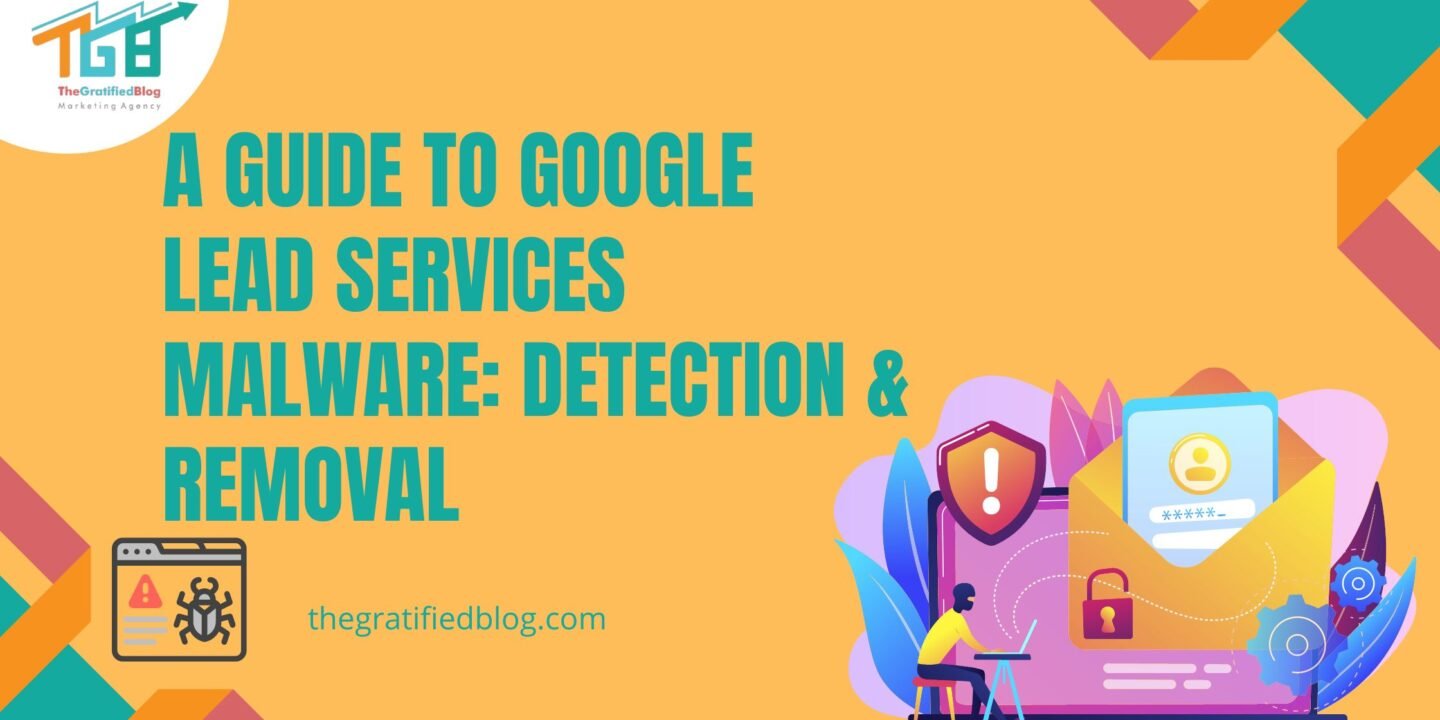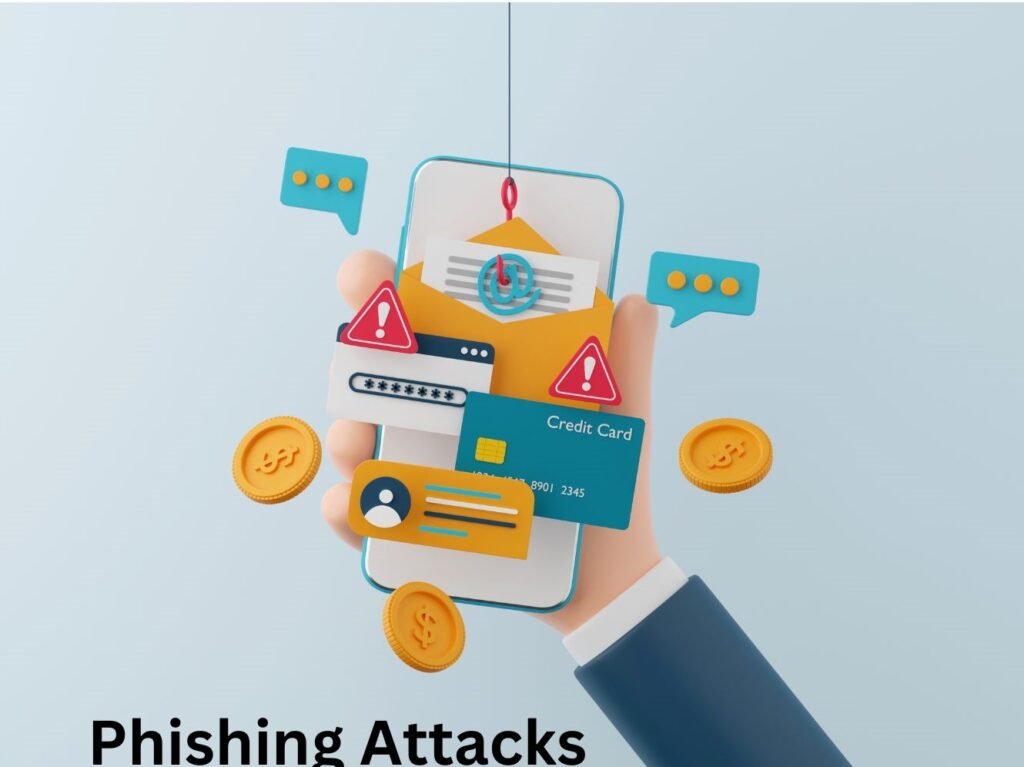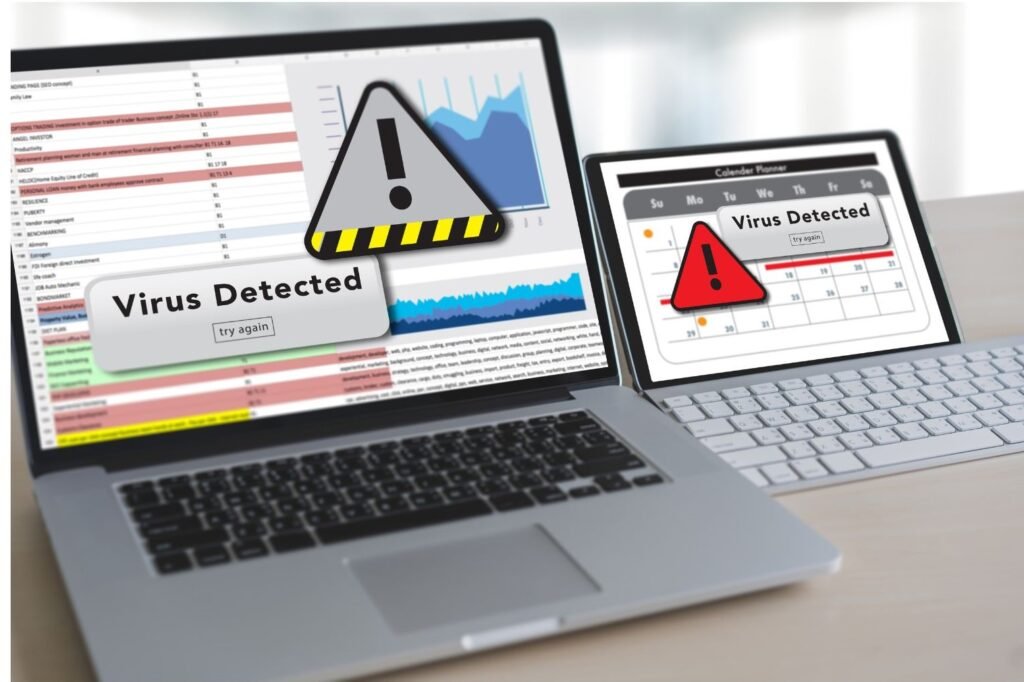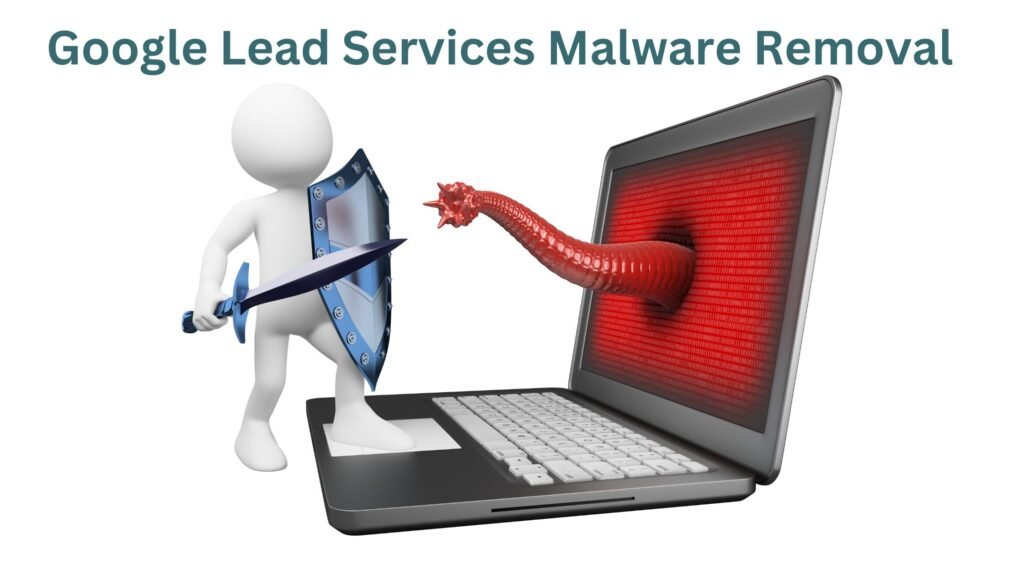
In the ever-evolving landscape of cybersecurity threats, malware remains a persistent concern for individuals and organizations. Malware can take various forms and infiltrate systems through unsuspecting means.
In recent times, a term that has garnered attention is “Google Lead Services.” This blog aims to shed light on this potential threat, explaining what it is, how it can affect your system, and, most importantly, how to detect, prevent, and remove it effectively.
Before delving into the malware aspect, it’s essential to clarify what Google Lead Services typically entail. Google offers legitimate lead generation services through platforms like Google Ads and Google Analytics, which help businesses collect user information for marketing and advertising purposes. However, cybercriminals may misuse these services for malicious intent, giving rise to the term “Google Lead Services Malware.”
What Is Google Lead Services?
Google provides various services, many of which are designed to help businesses and advertisers reach their target audiences. Among these, Google Lead Services refers to tools and features that allow companies to generate and manage leads, potentially converting them into customers. Google Lead Services, in essence, is not an official term recognized by Google but is used to describe a type of malware that takes advantage of Google’s legitimate lead generation services for malicious purposes.
How Does Google Lead Services Work?
Google Lead Services Malware is a hypothetical term used to describe malicious software that leverages the trust associated with Google’s services to deceive users and potentially compromise their computers or data. Here’s how such malware might work:
Phishing Attacks

Cybercriminals may use fake Google Lead Services emails or landing pages to deceive users into providing personal or financial information.
Clickjacking
Malicious scripts can manipulate Google Lead Services features to trick users into clicking on harmful links or downloading malware.
Malvertising
Attackers can inject malicious advertisements into Google’s advertising network, potentially leading users to infected websites.
Data Theft

Malware may exploit vulnerabilities in legitimate Google Lead Services tools to steal sensitive user data.
Deceptive Downloads
Some malware might be distributed through seemingly legitimate Google Lead Services-related downloads or updates. Users may be prompted to install what appears to be an official Google Lead Services tool, but it’s actually malware.
Browser Exploits
Some malware targets vulnerabilities in web browsers to manipulate Google Lead Services features or redirect users to malicious websites. These exploits can occur silently without user interaction.
Social Engineering
Malware may employ social engineering tactics, such as displaying fake security alerts or pop-ups, to deceive users into taking actions that benefit the attackers. For example, users may be prompted to call a fake Google support number or provide payment information to resolve fictitious issues.
How Did The Installation Of Google Lead Services Occur On Computer?
you’re experiencing issues related to something called “Google Lead Services” on your computer, it’s possible that you’re dealing with a form of malware or adware that is using the Google brand name in a deceptive manner.

Here are some common ways malware or potentially unwanted programs (PUPs) can end up on a computer:
- Bundled Software: Some legitimate software installation packages might include additional software as part of the installation process. If you’re not careful during software installation and don’t opt out of these other programs, you could inadvertently install unwanted software, including malware.
- Drive-by Downloads: Visiting malicious or compromised websites can sometimes lead to automatic downloads and installations of malware without your consent or knowledge.
- Email Attachments and Links: Malicious email attachments or links in phishing emails can lead to malware downloads if clicked or opened.
- Infected Downloads: Downloading files (e.g., software, documents) from untrusted or suspicious sources can expose your computer to malware.
- Outdated Software: Using obsolete software, especially web browsers and plugins, can make your system vulnerable to drive-by download attacks.
- Social Engineering: Cybercriminals often use social engineering tactics to trick users into downloading and installing malicious software. This can include fake updates, false alerts, or deceptive messages.
- Peer-to-Peer (P2P) File Sharing: Downloading files through P2P networks can expose your computer to a higher risk of downloading infected files.
Google Lead Services Detection

Detecting Google Lead Services can be challenging, as it often involves sophisticated tactics to remain hidden. However, here are some signs and methods to help identify potential malware on your system:
- Antivirus and Anti-Malware Scans: Regularly scan your system using reputable antivirus and anti-malware software. These tools can identify and remove many types of malware, including those associated with Google Lead Services.
- Anomalies in Email Communications: Be vigilant when receiving emails related to Google Lead Services. Check for unusual sender addresses, spelling errors, or requests for sensitive information.
- Unusual Website Behavior: If you notice unexpected pop-ups, redirects, or changes in your browser’s behavior while using Google Lead Services, it could be a sign of malware.
- Monitor Network Traffic: Use network monitoring tools to identify suspicious traffic patterns that may indicate malware activity.
Google Lead Services Removal

If you suspect your system is infected with Google Lead Services Malware, it’s crucial to take immediate action to remove it:
Step 1: Disconnect from the Internet
Before you begin the removal process, disconnect your computer from the internet to prevent further communication between the malware and its command-and-control servers.
Step 2: Run a Full System Scan with Antivirus Software
- Ensure your antivirus software is up-to-date. If you don’t have one installed, consider downloading and installing a reputable antivirus program.
- Run a full system scan to identify and quarantine any malware or potentially unwanted programs (PUPs) on your computer.
Step 3: Uninstall Suspicious Programs
- Go to your computer’s Control Panel (on Windows) or the Applications folder (on macOS).
- Review the list of installed programs. Uninstall any programs that you do not recognize or that seem suspicious.
- Pay close attention to any programs with names related to “Google Lead Services” or similar terms. Remove them if present.
Step 4: Remove Browser Extensions and Reset Browser Settings
If you suspect that your web browser has been affected by unwanted extensions or settings related to “Google Lead Services,” follow these steps for each affected browser (e.g., Chrome, Firefox, Edge):
For Google Chrome:
- Open Chrome and click on the three-dot menu icon in the top-right corner.
- Select “More tools” > “Extensions.”
- Review the list of installed extensions and remove any that seem suspicious or related to “Google Lead Services.”
- Next, go to “Settings” > “Advanced” > “Reset and clean up” > “Restore settings to their original defaults.” Follow the prompts to reset Chrome settings.
For Mozilla Firefox:
- Open Firefox and click on the menu icon (three horizontal lines) in the top-right corner.
- Select “Add-ons.”
- Go to the “Extensions” tab and remove any suspicious or unwanted extensions.
For Microsoft Edge:
- Open Edge and click on the three-dot menu icon in the top-right corner.
- Select “Extensions.”
- Review and remove any extensions that you suspect are related to “Google Lead Services.”
Step 5: Clear Browser Data
After removing suspicious extensions, it’s a good practice to clear your browser’s cache, cookies, and browsing data. This can help remove any traces left by the unwanted software.
Step 6: Reconnect to the Internet and Update Software
Once you’ve completed the removal steps, reconnect to the internet and update your operating system, web browsers, and security software to their latest versions. This helps ensure that your system is protected against known vulnerabilities. You don’t have to worry about software maintenance and security. Public cloud providers take care of that. And this saves you from maintenance budget load. In addition, businesses must ensure a secure connection when accessing SaaS applications by implementing a VPN with strong security features and encrypting data.
Step 7: Monitor for Recurrence
Keep an eye on your computer’s behavior to see if the unwanted activity or ads related to “Google Lead Services” have stopped. If they persist, consider seeking assistance from a professional computer technician or a specialized malware removal service. Additionally, practice safe browsing habits and exercise caution when downloading files or clicking on links from untrusted sources to prevent future infections.
Prevention From Google Lead Services Malware Infections
Malware infections can take many forms, and prevention measures generally apply to all types of malware. To protect yourself and your devices from malware, including potential threats related to Google services or apps, you can follow these general best practices:
- Keep Software Updated: Ensure that your operating system, web browsers, and all installed software are up to date. This includes regularly applying security patches and updates.
- Use Reputable Security Software: Install reputable antivirus and anti-malware software on your devices. Keep it updated and perform regular scans.
- Be Cautious with Email and Attachments: Be wary of email attachments and links, especially from unknown senders. Do not open attachments or click on links unless you trust the source.
- Download from Official Sources: Only download apps, software, and files from official app stores and reputable websites. Avoid downloading files from sketchy or unverified sources.
- Enable Two-Factor Authentication (2FA): Whenever possible, enable 2FA for your online accounts, including Google services. This adds an extra layer of security to your accounts.
- Use Strong, Unique Passwords: Create strong, unique passwords for your accounts, and consider using a password manager to help you keep track of them.
- Regularly Backup Your Data: Back up important data regularly to an external drive or a secure cloud storage service. This ensures that you can recover your data in case of malware attacks or data loss.
- Educate Yourself: Stay informed about the latest threats and phishing scams. Educate yourself and your family members about the risks and best practices for online security.
- Keep Google Services Updated: If you use Google services, ensure that they are up to date. Google regularly releases security updates for its apps and services.
- Monitor Your Accounts: Regularly review your Google account activity and devices connected to your account. Google offers security tools that allow you to check for suspicious activity.
- Enable Google’s Built-in Security Features: Google provides security features like Google Safe Browsing and Google Play Protect. Enable these features to help protect against malware and phishing attempts.
- Report Suspicious Activity: If you suspect any unusual activity or believe you have encountered malware related to Google services, report it to Google and follow their recommended actions.
Conclusion
By staying informed, practicing good cybersecurity hygiene, and utilizing reliable security tools, individuals and organizations can better protect themselves against the evolving threats of Google Lead Services and other forms of malicious software. Remember that the best defense is a combination of awareness, prevention, and rapid response.
Thanks for reading:)








No Comments